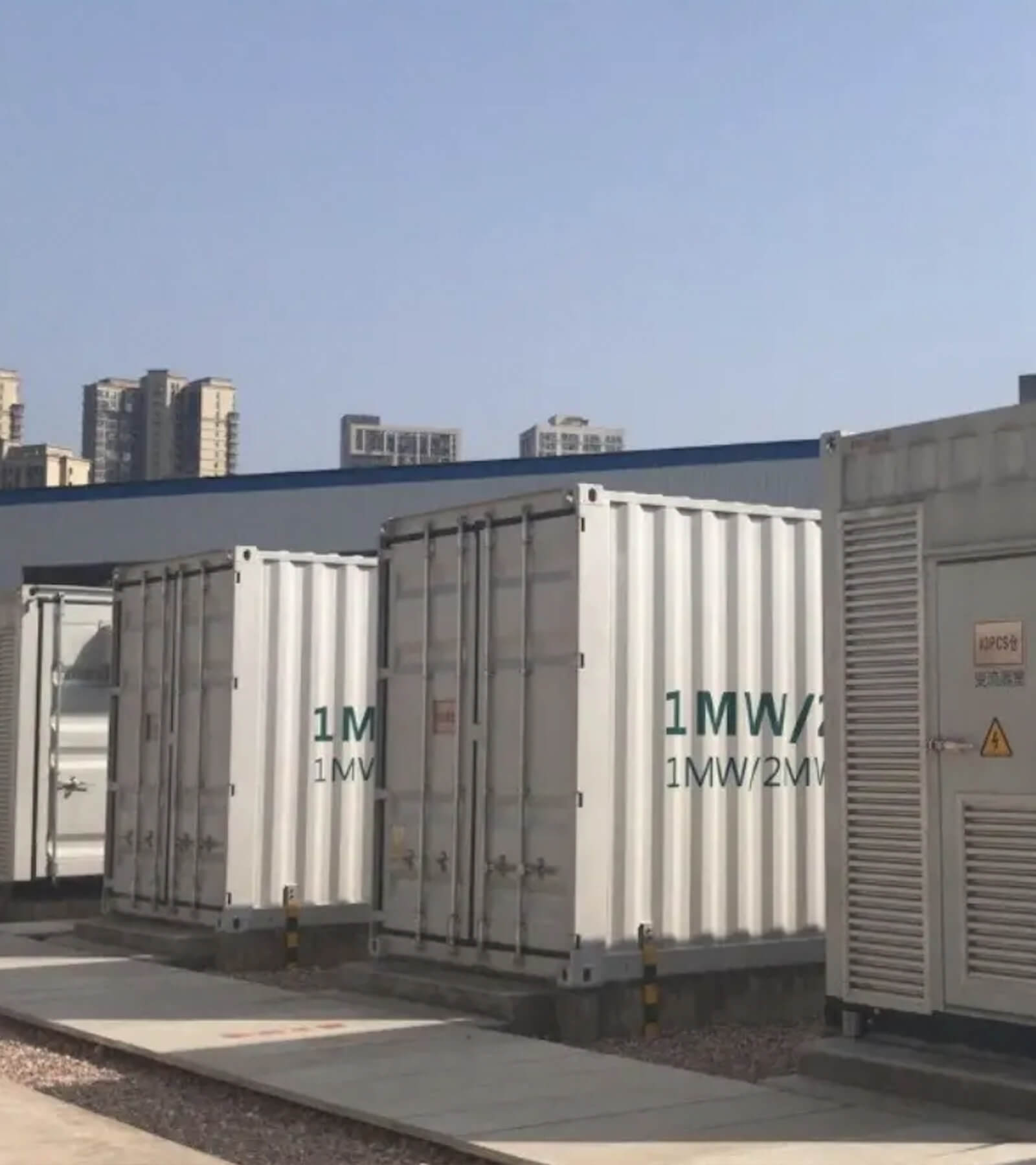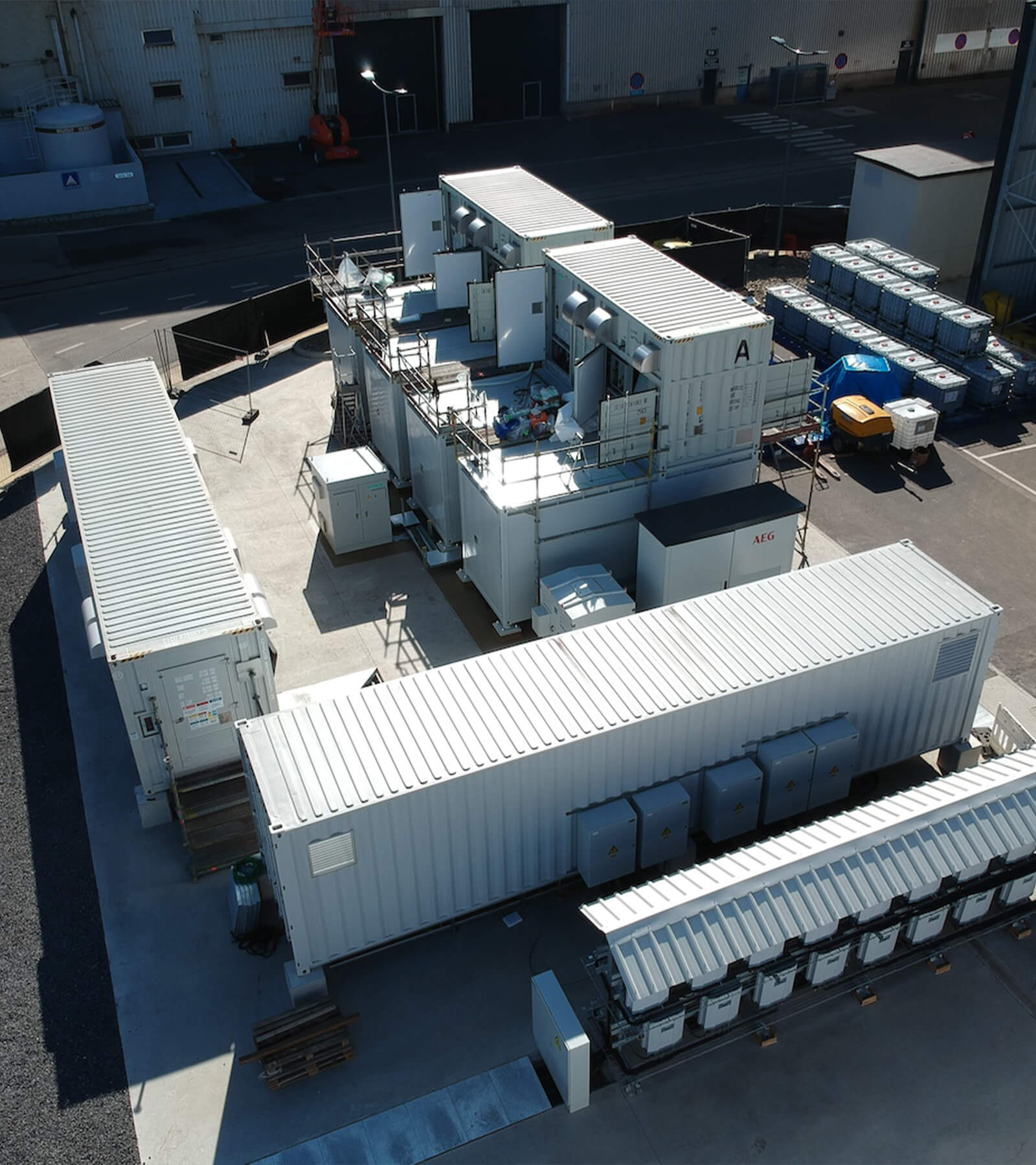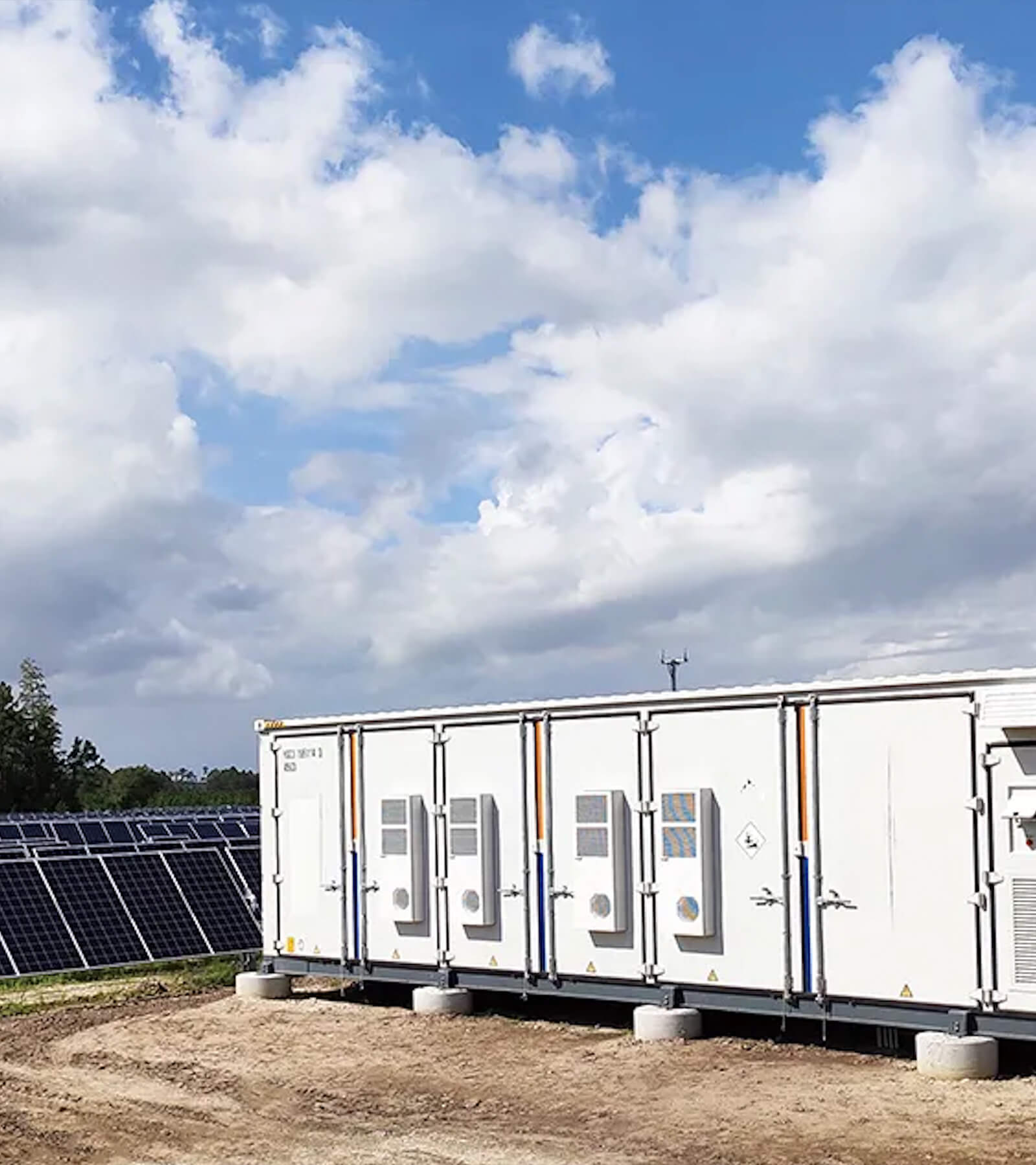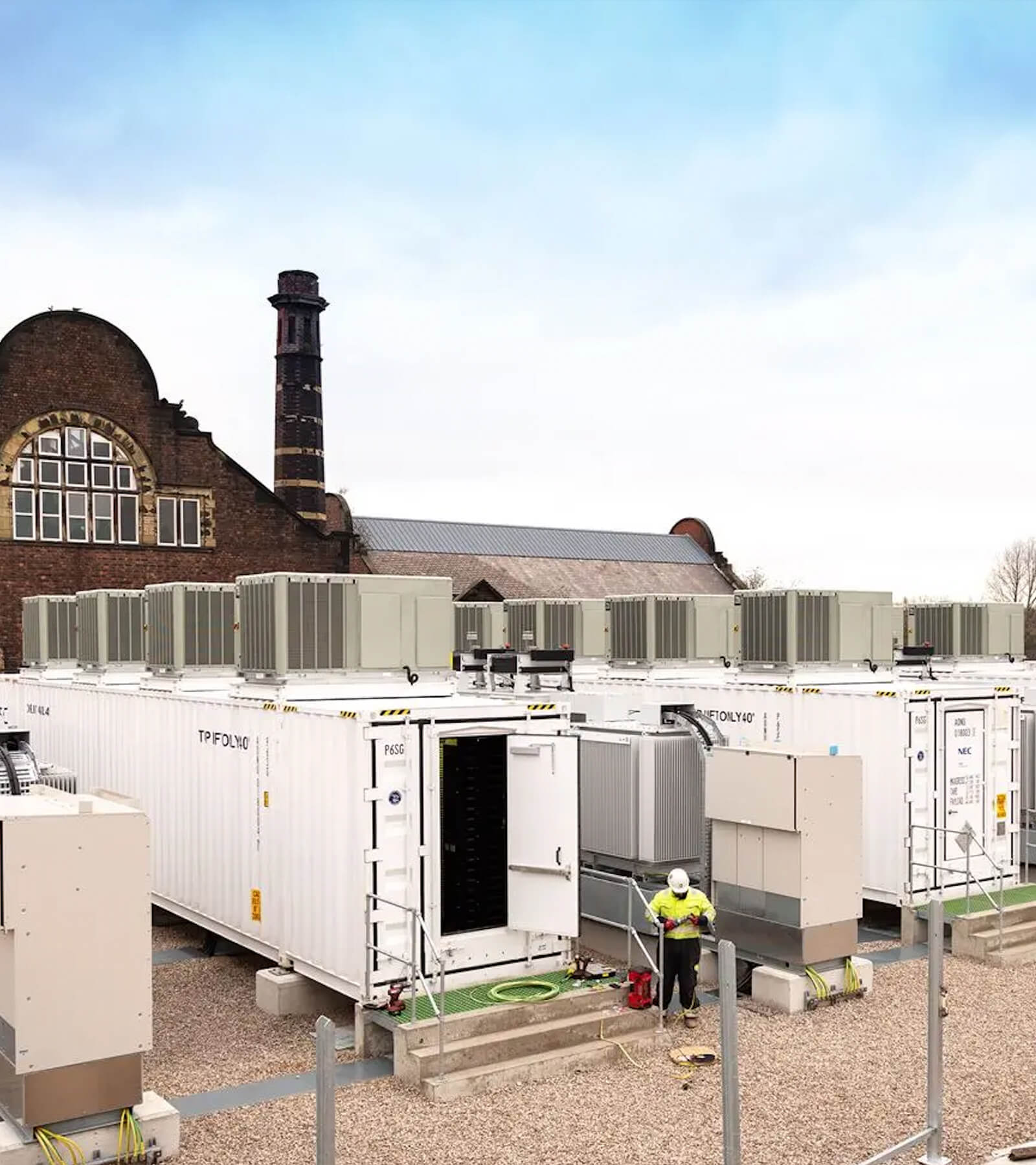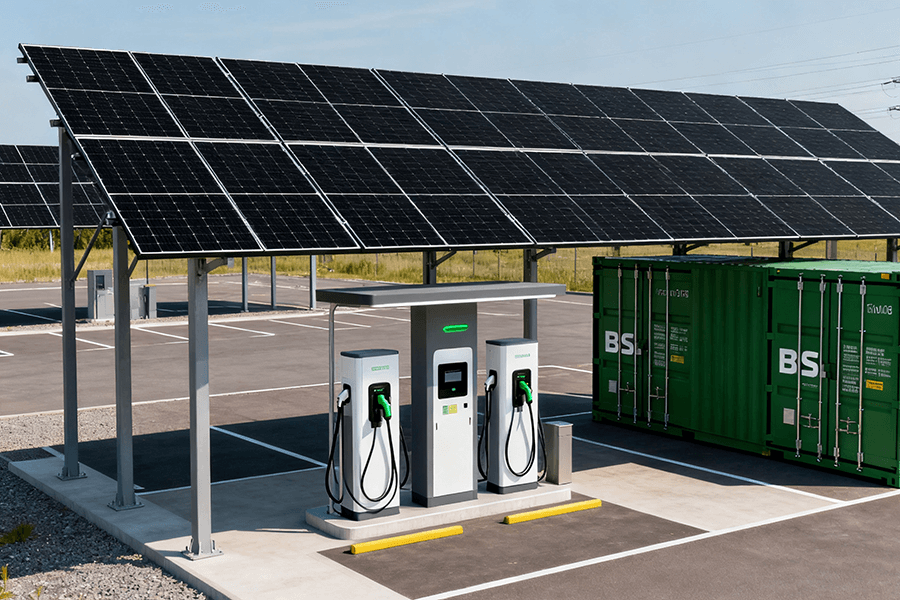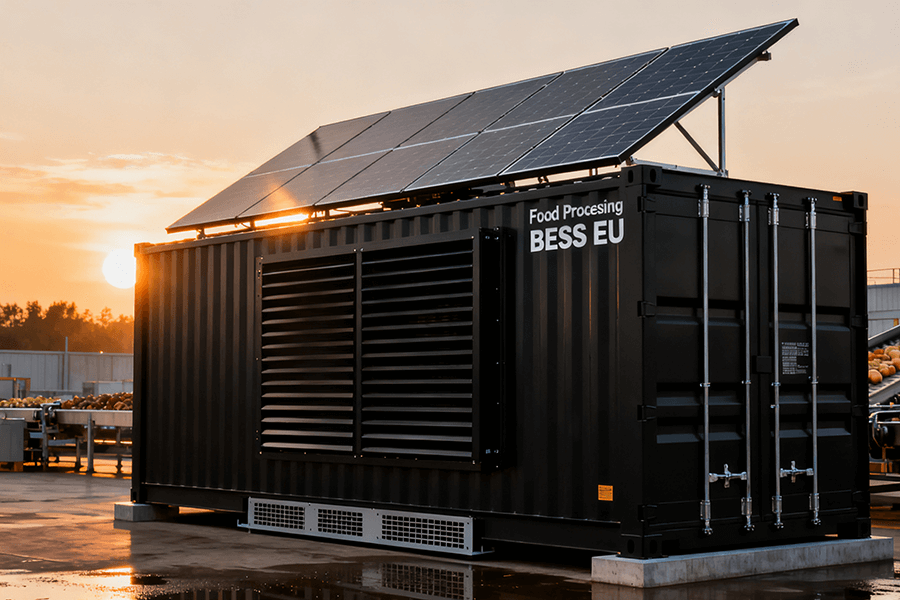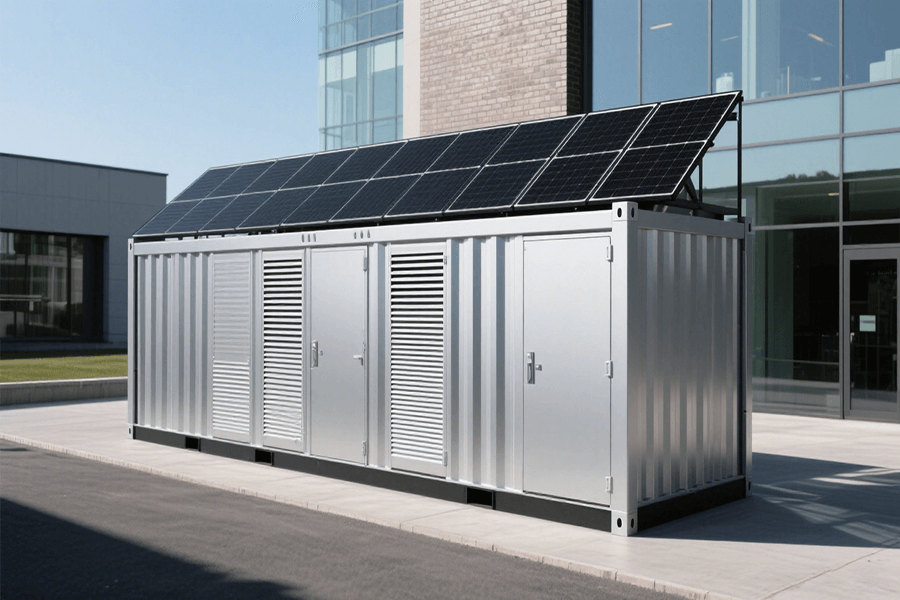
The Race to Meet EU’s 2025 Building Decarbonization Targets
In 2025, the European Union is not merely taking cautious steps towards decarbonization; it’s embarking on a full-fledged sprint. The ambitious mandate to achieve 15% renewable heat in buildings by the end of the year has rendered the “business as usual” approach a relic of the fossil fuel era. This target isn’t just an aspirational goal—it’s an absolute necessity.
Buildings account for a staggering 40% of the EU’s total energy consumption and 36% of its greenhouse gas emissions, firmly positioning them as a crucial frontline in the battle against climate change[^1].
The Driving Forces Behind the Urgency
So, what’s fueling this sense of urgency? Look no further than regulations such as the Energy Performance of Buildings Directive (EPBD). As of 2025, financial incentives for new standalone fossil fuel boilers have been officially phased out. This regulatory shift is a clear signal, compelling builders and building owners to actively seek out greener alternatives[^2].
The 2023 revision of the EPBD further ratcheted up the stakes. It now stipulates that all new buildings must achieve “zero-emission” status by 2030—a deadline that is already creating a palpable sense of pressure among architects, developers, and the entire construction industry. This regulatory timeline acts as a powerful catalyst, driving innovation and accelerating the adoption of sustainable building technologies.
Introducing the BESS Container with Thermal Storage
Amidst this regulatory landscape, the BESS Container with Thermal Storage emerges as a game-changing solution. This hybrid system is designed to store both electricity and heat, making it an incredibly versatile asset for modern buildings. It can be likened to a Swiss Army knife in the realm of building energy systems—highly adaptable, efficient, and purpose-built to address the EU’s decarbonization objectives head-on.
For buildings grappling with the challenge of meeting the 15% renewable heat mandate, the BESS Container with Thermal Storage isn’t just another piece of advanced technology. It’s a lifeline. By integrating this system, buildings can optimize their energy usage, reduce reliance on fossil fuels, and take significant strides towards achieving sustainability goals. This innovative solution has the potential to reshape the future of building energy management across the European Union.
The Powerhouse BESS Container: Integrating Electrical and Thermal Storage
What Makes It Tick?
A BESS (Battery Energy Storage System) container with thermal storage represents a revolutionary leap beyond conventional battery technology. This dual-function system is designed as an all-in-one powerhouse, and a typical high-performance configuration combines:
- Electrical Storage: 50 kWh capacity, utilizing lithium-iron-phosphate (LiFePO4) batteries. These advanced batteries offer an impressive lifespan of over 3,000 charge cycles, ensuring long-term reliability and performance. LiFePO4 chemistry is known for its stability, safety, and high energy density, making it ideal for grid-scale applications.
- Thermal Storage: A substantial 500 kWh storage capacity, achieved through the use of phase-change materials (PCMs). These materials are engineered to store heat within the optimal temperature range of 40–60°C, perfectly suited for both space heating and domestic hot water supply in European buildings.
This specific 1:10 ratio of electrical to thermal storage is not arbitrary. It is carefully calibrated to align with the typical energy consumption patterns of EU buildings, which generally exhibit moderate electrical demands for lighting, computing, and appliances, but significant thermal requirements for heating and hot water. By balancing the storage capacities in this manner, the system ensures that neither the electrical nor thermal storage components are underutilized, maximizing overall efficiency and resource utilization.
Phase-Change Materials: The Unsung Heroes
Phase-change materials (PCMs) are the key to the system’s exceptional thermal storage capabilities. These materials function like highly efficient thermal sponges, with the unique ability to absorb and store 10–100 times more heat than traditional materials such as water or concrete during their phase transition. For instance, paraffin wax, a commonly used PCM in these systems, can absorb 200–250 kJ/kg of heat energy as it transitions from a solid to a liquid state. This remarkable capacity enables a relatively compact PCM storage system, roughly the size of a small truck, to store sufficient heat to meet the daily heating needs of a 5,000 sq. ft. office building[^1].
The operational process of the PCM-based thermal storage system unfolds as follows:
- Energy Absorption: During periods of abundant solar irradiance or when grid electricity is inexpensive (such as off-peak hours), the system actively captures electrical energy.
- Conversion: This electrical energy powers a high-efficiency heat pump. Heat pumps are highly effective in converting electrical energy into thermal energy, with a coefficient of performance (COP) of 3–4. This means that for every 1 kWh of electricity consumed, the heat pump can generate 3–4 kWh of heat.
- Storage: The generated thermal energy is then transferred to the PCM-based storage unit. As the PCMs absorb the heat, they undergo a phase transition from solid to liquid, storing the energy within their molecular structure.
- Release: When the building’s thermostat detects a drop in temperature, signaling a need for heating, the stored heat is released from the PCMs. This is achieved through a hydronic loop, which circulates a heat-carrying fluid (usually water or a water-glycol mixture) through the PCM storage unit. The heated fluid then transfers the stored thermal energy to the building’s heating system, whether it be radiators or underfloor heating, eliminating the need for gas-based heating.
The Gas Savings: Staggering, but True
Buildings equipped with BESS containers featuring thermal storage have demonstrated remarkable reductions in natural gas consumption. Independent research on BESS-integrated building energy systems has shown that these systems can slash gas usage by up to 80%. To put this in perspective, it is analogous to switching from a fuel-inefficient SUV with a fuel economy of 20 miles per gallon (mpg) to an electric vehicle with an equivalent fuel economy of over 100 MPGe (miles per gallon of gasoline equivalent), but with the added benefits of lower energy bills and a significantly reduced carbon footprint.
A 2024 case study of a 10,000 sq. ft. office building in Berlin vividly illustrates the potential savings:
| Metric | Pre-installation | Post-installation | Annual Savings |
|---|---|---|---|
| Natural Gas Usage (m³) | 12,000 | 2,400 | 9,600 |
| Cost (at €1.20/m³) | €14,400 | €2,880 | €11,520 |
These annual savings of €11,520 are substantial. They could, for example, cover the salaries of two interns for an entire year or fund a small-scale renovation project, highlighting the significant economic benefits of adopting this innovative energy storage technology.
Synergy with Rooftop Solar: Storing Summer Sun for Winter Warmth
A Match Made in Renewable Heaven
Rooftop solar panels represent a cornerstone of sustainable energy, yet their functionality is marred by an inherent limitation: a seasonal mismatch between energy production and demand.
- Summer Scenario: During the summer months, when heat requirements are at their nadir, solar systems often generate surplus electricity.
- Winter Scenario: Conversely, in winter, as heating demands surge, solar output diminishes significantly.
This is where the Battery Energy Storage System (BESS) container, equipped with seasonal thermal storage capabilities, emerges as a game-changer.
Hypothetical Example: Madrid’s 100 kW Rooftop Solar Installation
On a typical sunny summer day, this system might produce up to 500 kWh of electricity—substantially exceeding the building’s daily electrical consumption of 200 kWh. Instead of selling the excess 300 kWh back to the grid at a relatively low rate of €0.05/kWh, the BESS container utilizes a heat pump to convert this surplus electricity into thermal energy.
This heat is then stored within Phase Change Materials (PCMs), which have the unique ability to absorb, store, and release heat during phase transitions. Thanks to the high efficiency of modern heat pumps, the 300 kWh of electrical energy is transformed into a significantly larger quantity of stored heat—ranging from 900 to 1,200 kWh.
Winter Utilization of Stored Thermal Energy
As winter descends and the solar system’s daily output drops to just 100 kWh, the stored thermal energy from the summer months is readily available to supplement the heating needs of the building. This process is analogous to preserving the warmth of summer for use during the coldest days of winter, ensuring a consistent and reliable source of heat over extended periods.
Checking the EPBD Boxes
The integration of solar panels with a BESS container not only offers a practical solution to energy management but also aligns seamlessly with European Union regulations. The Energy Performance of Buildings Directive (EPBD) sets ambitious targets for the construction and renovation of buildings across the EU:
- Residential Buildings: By 2030, all new residential structures are required to incorporate solar installations.
- Large Non-Residential Buildings: For public and non-residential buildings exceeding 250 square meters in area, solar integration is mandatory by 2027.
The solar-BESS combination not only complies with these regulations but surpasses them significantly. A 2025 report by the European Commission reveals that buildings equipped with solar+BESS systems outperform the EPBD requirements by an average of 35%. This enhanced performance can be attributed to several factors, including the optimized use of renewable energy, improved energy storage capabilities, and the ability to balance supply and demand throughout the year. The synergy between solar power generation and thermal energy storage thus positions the BESS container as a key enabler for achieving the EU’s ambitious climate and energy goals.
Return on Investment (ROI) for Commercial Buildings
The Numbers Don’t Lie
For commercial building owners across the European Union, the financial case for integrating Battery Energy Storage Systems (BESS) with thermal storage capabilities is nothing short of compelling. Let’s dive into the hard data: the average payback period for a BESS container with thermal storage stands at a mere 4 years, as evidenced by comprehensive case studies conducted on EU commercial buildings equipped with these innovative systems.
To illustrate the potential savings more tangibly, consider the example of a 20,000 square-foot retail building located in the heart of Paris. This real-world scenario paints a vivid picture of the economic benefits:
| Metric | Value | Explanation |
|---|---|---|
| Annual gas cost (before) | €100,000 | Pre-installation expenditure on natural gas for heating and other thermal needs. |
| Gas reduction | 80% | Percentage decrease in gas consumption achieved through the efficient operation of the BESS-thermal system. |
| Annual gas savings | €80,000 | Direct financial benefit from reduced gas usage, calculated as 80% of the pre-installation cost. |
| Annual maintenance cost | €3,000 | Estimated yearly expenses for system upkeep, including routine inspections and minor repairs. |
| Net annual savings | €77,000 | Total annual savings after deducting maintenance costs from gas savings. |
| Typical system cost | €200,000–€300,000 | Initial investment range covering equipment purchase, installation, and commissioning. |
| Payback period | 2.6–3.9 years (avg. 4) | Timeframe within which the cumulative net savings offset the initial investment, with an average of 4 years. |
But the financial advantages don’t stop there. Once the 4-year payback period elapses, every euro saved on energy costs translates directly into pure profit. Over the system’s 20-year lifespan, the net savings accumulate to an impressive €1.54 million—a sum substantial enough to acquire a small office building. In essence, installing a BESS with thermal storage is akin to setting up a sustainable, eco-friendly money-making machine.
Additional Incentives
The financial appeal of BESS with thermal storage is further amplified by a suite of attractive incentives offered by many EU countries. These government-backed initiatives aim to accelerate the adoption of renewable energy solutions:
- Germany: Building owners can take advantage of a generous 30% tax credit on BESS installations. This significant reduction in tax liability effectively lowers the overall investment cost, making the technology more accessible.
- France: The French government provides low-interest loans with an annual percentage rate (APR) of just 2% for the installation of renewable heat systems. This financing option eases the financial burden of upfront costs, enabling more businesses to invest in sustainable energy solutions.
- Spain: In a bid to encourage energy self-sufficiency and reduce reliance on the grid, Spain offers feed-in tariffs for excess solar energy stored in BESS systems. Building owners can earn revenue by selling surplus energy back to the grid, further enhancing the return on investment.
Collectively, these incentives can potentially reduce the payback period by 1–2 years, making the investment in BESS with thermal storage not only environmentally responsible but also a highly lucrative business decision.
Design Considerations: Keeping the Heat In
Insulation: Your Thermal Bodyguard
The effectiveness of a Battery Energy Storage System (BESS) container hinges on its thermal retention capabilities. Insulated enclosures are not just a recommendation—they’re an absolute necessity. Consider this: a seemingly negligible heat loss of 1°C per day can accumulate to a staggering 5–10% reduction in system efficiency over the course of a month. This underscores the critical role that proper insulation plays in maintaining optimal performance and maximizing the return on investment for solar-to-heat systems.
Material Selection: The Key to Thermal Resistance
The choice of insulation material can make or break the thermal performance of a BESS container. Among the top contenders is polyurethane foam, renowned for its excellent thermal resistance. With a thermal conductivity ranging from 0.02–0.025 W/(m・K), it acts like a highly efficient barrier, trapping heat within the storage unit. Imagine wrapping the container in a super-insulated blanket that prevents even the slightest heat escape, ensuring that stored thermal energy remains intact for when it’s needed most.
For regions with extreme climates, such as the frigid winters of Northern Europe, an additional layer of aerogel insulation can provide an extra edge. With an impressively low thermal conductivity of 0.012 W/(m・K), aerogel can reduce heat loss by up to 50%. This makes it an ideal choice for applications where maintaining high thermal efficiency is crucial, even in the harshest conditions.
Sealing the Gaps: Ensuring a Tight Thermal Envelope
Even the most advanced insulation materials are rendered ineffective if there are gaps in the enclosure. A seemingly minuscule 1mm gap can create a significant thermal bridge, allowing heat to escape and undermining the entire insulation system. To prevent this, it’s essential to pay meticulous attention to sealing around all potential points of heat loss, including:
- Doors: Install high-quality weatherstripping and gaskets to create an airtight seal when the doors are closed.
- Pipes and Penetrations: Use specialized insulation sleeves and sealants to prevent heat from escaping through holes where pipes and electrical cables enter the container.
- Joint and Seams: Apply thermal sealant to all joints and seams to ensure a continuous and seamless thermal barrier.
Sizing for Your Building
One of the most common pitfalls in BESS container design is a one-size-fits-all approach. The optimal size of a thermal storage system varies significantly depending on the building’s usage, size, and heat demand profile. For instance, a hotel with 100 rooms, which typically has a high demand for hot water, will require a much larger thermal storage capacity compared to a warehouse with minimal heating needs.
Recommended Sizing Guidelines
To help you determine the right size for your BESS container, here are some general guidelines based on industry best practices:
| Storage Type | Recommended Capacity per 1,000 sq. ft. |
|---|---|
| Thermal Storage | 50–70 kWh |
| Electrical Storage | 5–10 kWh |
These guidelines serve as a starting point, but it’s important to note that every building is unique. Factors such as local climate, building insulation quality, and peak load requirements can all influence the optimal storage capacity.
Customized Solutions with Maxbo Solar
At Maxbo Solar, we understand the importance of precision in sizing your BESS container. Our team of experts uses state-of-the-art simulation software to conduct in-depth energy audits and load analyses. By taking into account your building’s specific characteristics and usage patterns, we can design a customized solution that maximizes efficiency while minimizing costs. This approach ensures that you invest in a system that meets your actual needs, avoiding unnecessary expenses associated with oversized or undersized installations.
Enter Maxbo Solar: Your Partner in Energy Efficiency
At Maxbo Solar, we don’t just sell solar panels—we craft energy ecosystems. The BESS Container with Thermal Storage? It’s one of our specialties, and we’re ready to tailor it to your building’s needs.
Why Choose Us?
When it comes to sustainable energy solutions, Maxbo Solar stands out with our commitment to quality, innovation, and customer satisfaction. Here’s what sets us apart:
- Tough systems for tough climates: Our rooftop off-grid setups are engineered to withstand the harshest weather conditions. Whether it’s the searing desert heat of up to 50°C or the relentless coastal humidity exceeding 90%, our systems remain unfazed. Every component undergoes rigorous testing in our state-of-the-art in-house climate chamber, ensuring it can endure 25 years of diverse EU weather patterns. For more details on our rooftop off-grid systems, visit https://maxbo-solar.com/solar-rooftop-off-grid-system/.
- Built to last: We incorporate cutting-edge features to guarantee the longevity and reliability of our systems:
-
- PID Suppression: With a maximum annual degradation rate of ≤1%, our panels maintain their efficiency over time, ensuring consistent energy production.
-
- IP68 Waterproofing: Our systems are designed to survive submersion up to 1.5 meters, providing peace of mind even in flood-prone areas.
-
- Anti-Reverse Discharge Tech: This innovative technology ensures 95% nighttime efficiency, maximizing the utilization of stored energy.
- Turnkey service: We offer a comprehensive end-to-end service, taking care of every aspect of your project. From initial site surveys and permit acquisition to professional installation and user training, our team of EU-certified engineers, with over 10 years of industry experience, ensures a seamless and hassle-free process.
Our Track Record
Over the years, we’ve successfully helped more than 200 EU buildings achieve their decarbonization goals. Here are some of our notable projects:
| Project | Location | Building Size | Gas Reduction |
|---|---|---|---|
| Hospital | Milan | 50,000 sq. ft. | 85% |
| School | Amsterdam | 10,000 sq. ft. | 90% |
Let’s Get Started
Whether you’re looking to retrofit an existing building or design a new one, Maxbo Solar is here to help. We’ll work closely with you to create a custom BESS solution that aligns with your budget and sustainability goals.
Don’t miss out on the opportunity to transform your building into an energy-efficient powerhouse. Visit us at www.maxbo-solar.com to schedule a free consultation today. Your building (and your wallet) will thank you for making the switch to renewable energy.

